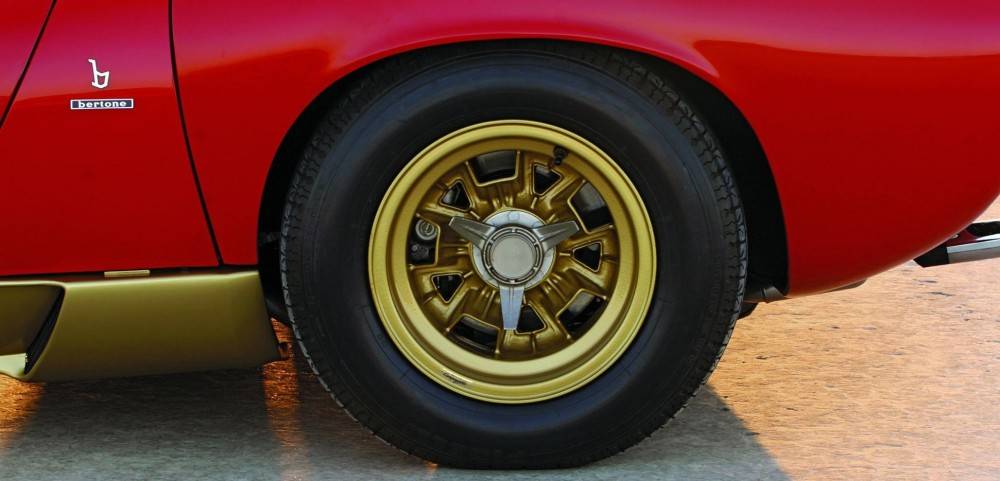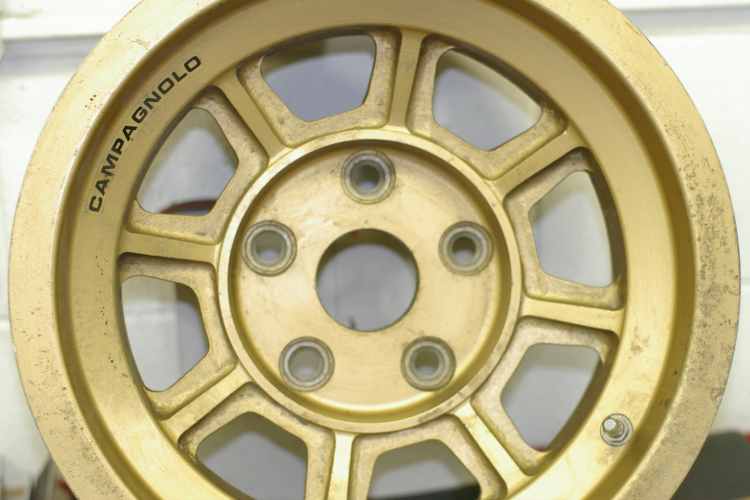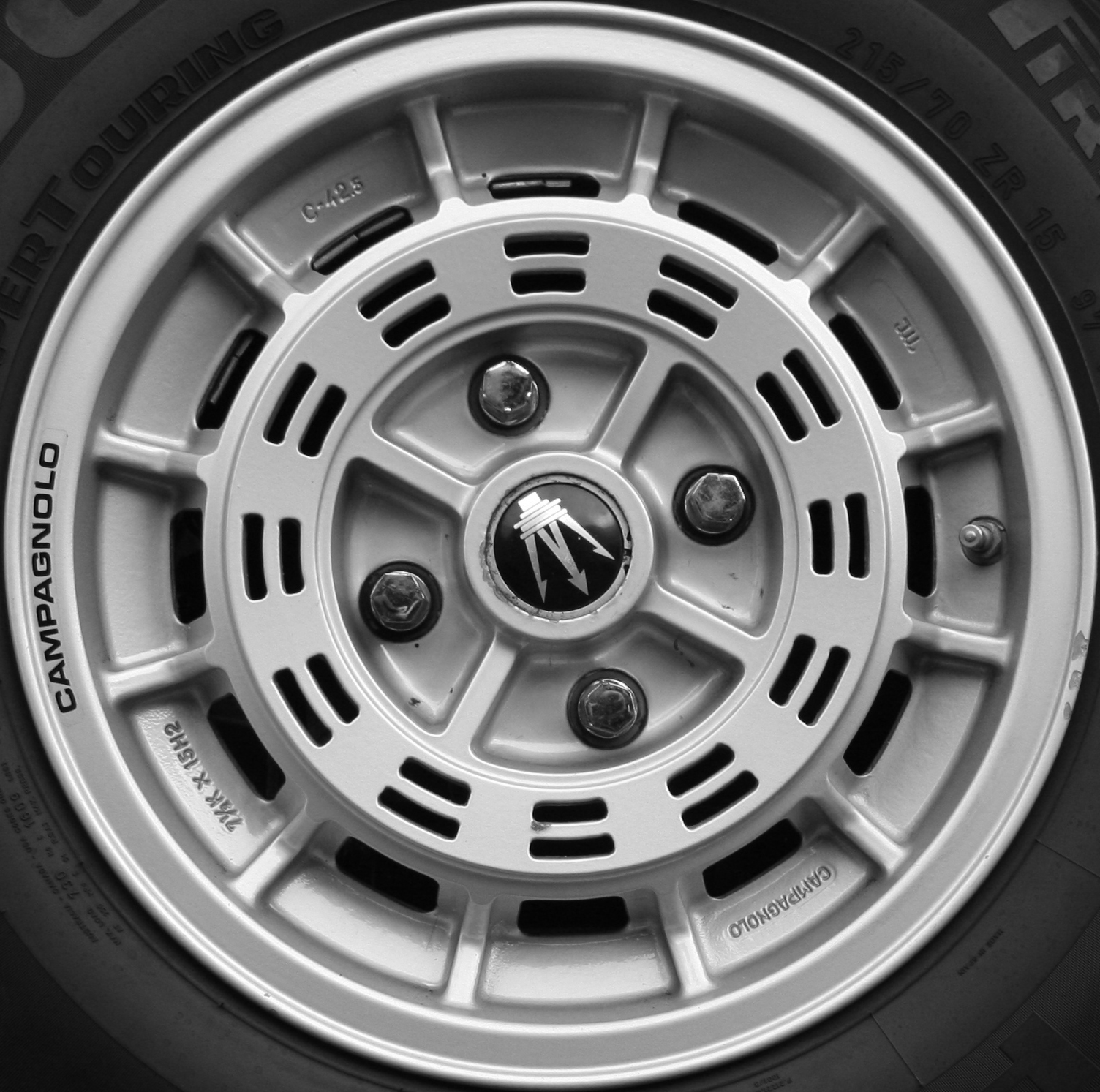The Italians do most forms of style better than most, especially when it comes to cars. Sometimes at the cost of efficiency and reliability, sure, but that’s what gives them their originality too. I always pined for an Alfa Romeo in my teens, and when I finally acquired one I was smitten by the style, the sound, the insane handling and its exclusivity among a sea of Holdens and Fords that permeated the auto landscape of 1980s Australia. The frustration of keeping it running and the subsequent drain on my bank account eventually overshadowed the cool factor, and I think I ended up replacing it with a beaten-up Renault 12 that I bought off my dad’s friend for $300 or so. It wasn’t cool, but I don’t think I spent any more on it ever.

The same path was trodden with bicycles, though with better results. A lifetime of Shimano was always a holding pattern for the day when I’d build my dream bike and outfit it with Campagnolo parts. That day came and thankfully the style is not besmirched by any reliability foibles. It looks great and it works great, even with the Italian ‘feel’ that comes with it. One of the most desirable components are the wheels, and I could sit and stare at my Shamals, Zondas, Eurus’ and Ventos for hours. Wheels can make or break the aesthetic of an automobile, and my Alfa had a beautiful set of Momo mags, finished in gold ano which popped against the dark chocolate paint. They eventually led me to discover that Campagnolo also had a finger in the auto pie.
At the end of the 1950s, Campagnolo began to manufacture magnesium parts, including wheels, for Alfa, Ferrari, Lamborghini, Porsche, Lancia and Maserati, and built chassis for NASA satellites in 1969. In 1963, they produced a disc brake for the Innocenti Lambretta TV motor scooter; the first two-wheel production vehicle with such a brake.
In the 70s they also supplied wheels for Ferrari’s Formula One cars, like the iconic and stunning 312B raced by the Belgian legend Jacky Ickx and the Swiss Clay Regazzoni. The gold wheels against the Maranello red is timeless and the car itself just looks so much classier than the bulbous monstrosities of the current crop.
Those iconic names applied to Campa’s bicycle wheels are also recognisable as models of Maserati cars, like the Khamsin, Ghibli, Shamal and Bora. VW had the Scirocco and Vento, while Italian supercar marque Pagani makes the Zonda. It transpires that all those names are types of wind, with Vento being the Italian word for wind itself.
Aside from going like the wind, Campagnolo’s wheels for bicycle or auto make them look like it even when standing still.







Leave a Reply